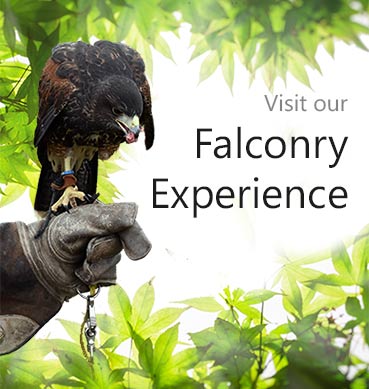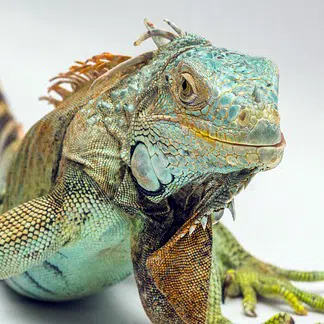
Avian toxicants can be very harmful if administered incorrectly and can also affect non-target bird species.
Recently in Florida, a Broward County Pest Control employee took a bird control job in attempt to control boat-tailed grackles in the area. Since this species is protected under the Migratory Bird Treaty Act, techniques such as the use of toxicants are strictly prohibited. This employee will now be facing charges under this Act for the administration of Avitrol. Although Avitrol is legal to use for pest bird control, there are very strict guidelines, target species, and rules for administration. Unfortunately in this case, dozens of protected boat-tailed grackles were killed. In this article we will discuss the use of Avitrol as well as alternative bird control solutions offered by Hawkeye.

Pigeons are known to be exceptional navigators, with the ability to find their way back to their home even when released from hundreds of miles away. Despite many years of research, the exact mechanisms behind this homing behaviour remains somewhat mysterious. However, scientists have identified several factors that may play a role, including the use of pigeon pheromones.
Using this knowledge, Hawkeye has figured out how to use pheromones in the trapping process to its advantage. Pheromones can be used as an incentive to lure pigeons into live and humane traps. Due to the unique construction of our traps, the pheromones from previous birds linger in the trap and have proven to be extremely effective in drawing pigeons into the traps. In addition, we also use corn feed as an incentive to persuade the birds into the trap. These traps are capable of capturing multiple pigeons at a time and can accommodate up to 54 pigeons in one trap.








